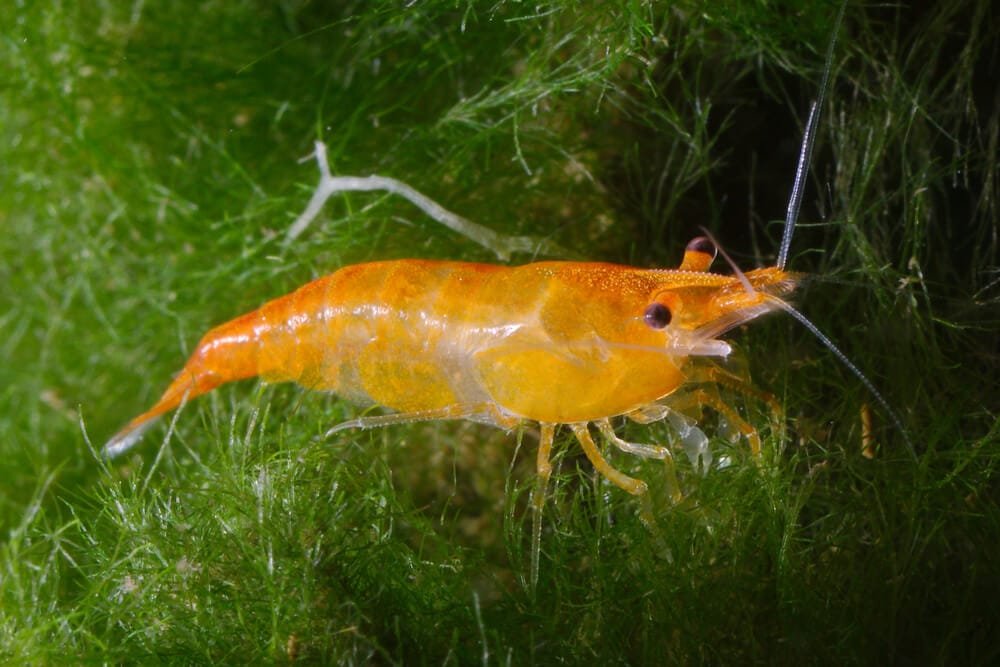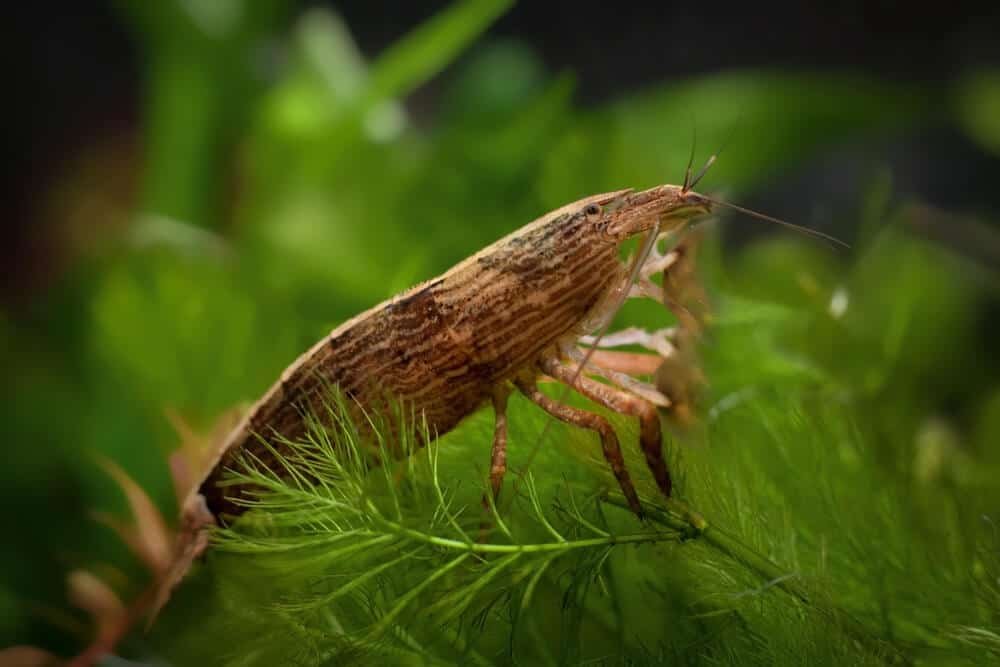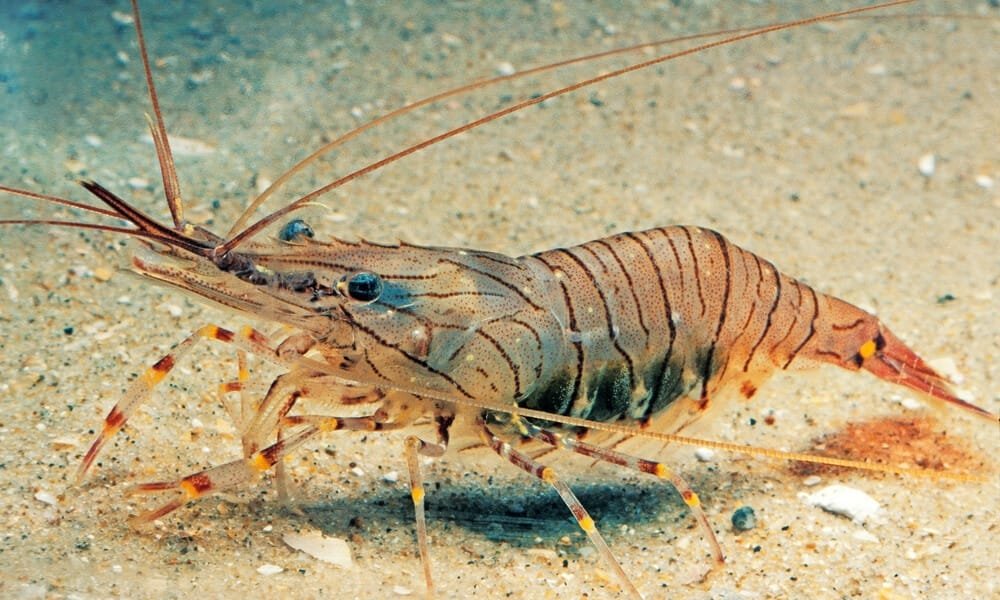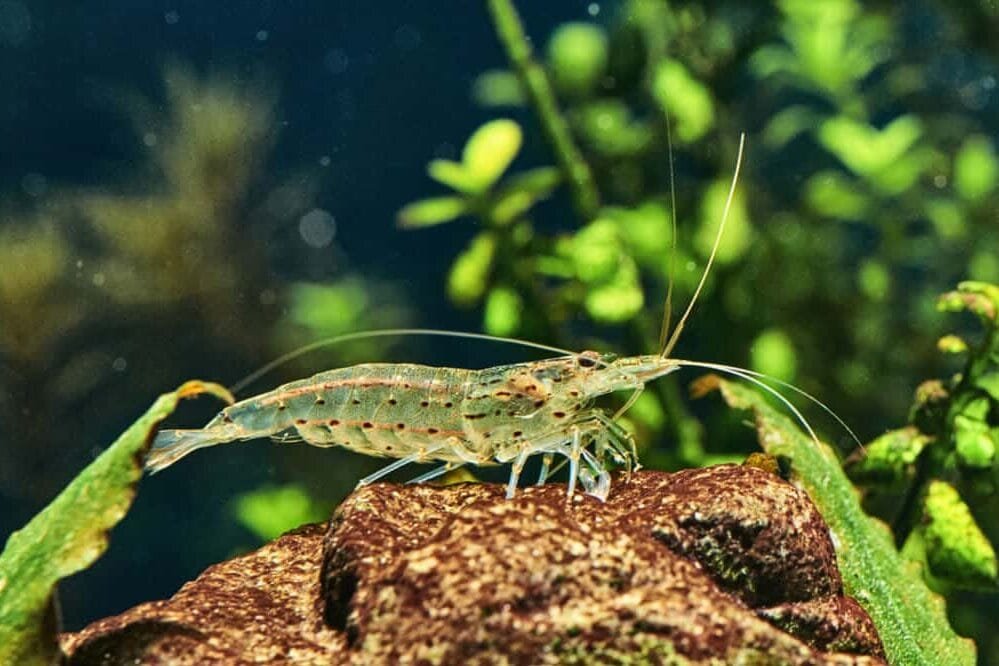Imagine a world where vibrant orange petals dance gracefully among shimmering blue waters. In the midst of this captivating scene, a unique species emerges – the Orange Sakura Shrimp. With its stunning orange hue and delicate elegance, this tiny creature is a true marvel of nature. Delve into the fascinating world of the Orange Sakura Shrimp as we explore its captivating beauty and uncover the secrets that make it a truly extraordinary species. Prepare to be enchanted by this breathtaking creature and discover why it has become a prized addition to aquariums around the globe.
Overview
Orange Sakura Shrimp are small freshwater shrimp that have become highly popular in the aquarium hobby due to their vibrant orange coloration and ease of care. These shrimp, scientifically known as Neocaridina heteropoda var. orange, are a variant of the popular Red Cherry Shrimp. They were selectively bred over time to exhibit this striking orange hue, making them a beautiful addition to any aquarium.
What are Orange Sakura Shrimp?
Orange Sakura Shrimp, also known as Orange Cherry Shrimp, are a color variant of the Neocaridina heteropoda species. They are highly valued for their brilliant orange color, which adds a vibrant touch to any aquarium. These shrimp are small in size and are known for their peaceful and active nature. They are a popular choice for both beginner and experienced aquarium enthusiasts.
Origin and History
Orange Sakura Shrimp were first bred in Taiwan and Japan in the early 2000s. Breeders were seeking to enhance the vibrant coloration of the Red Cherry Shrimp, and through selective breeding, they successfully developed the eye-catching orange color variant. Since then, Orange Sakura Shrimp have gained popularity worldwide and are now readily available in the aquarium trade.
Appearance
Size
Orange Sakura Shrimp are relatively small, with adult females reaching around 1.5 inches in length and males slightly smaller at around 1 inch. Their small size allows them to navigate easily through plants and decorations in the aquarium.
Color
As their name suggests, Orange Sakura Shrimp display a beautiful bright orange coloration. The intensity of the orange can vary slightly between individuals, with some shrimp exhibiting a deeper shade while others may have a more vibrant or lighter orange color. Regardless, the stunning orange hue is a standout feature of these shrimp and adds a cheerful touch to any aquarium setup.
Habitat
Natural Habitat
Orange Sakura Shrimp are native to freshwater habitats in Taiwan and certain parts of Japan. In the wild, they can be found in slow-moving streams, rivers, and ponds. These shrimp are adaptable and can tolerate a range of water conditions, making them relatively easy to keep in captivity.
Aquarium Requirements
To keep Orange Sakura Shrimp happy and healthy, it is important to replicate their natural habitat as closely as possible. Provide them with a well-maintained aquarium that has plenty of hiding places such as plants, caves, and driftwood. These shrimp also appreciate dense vegetation, which serves as a grazing area and provides cover.
Maintaining stable water parameters is crucial for the well-being of Orange Sakura Shrimp. The ideal water temperature for these shrimp ranges between 72°F and 78°F (22°C and 26°C). The pH level should be slightly acidic to neutral, with a range of 6.5 to 7.5. It is essential to avoid large fluctuations in water conditions, as this can stress the shrimp and impact their health.
Life Cycle
Breeding
Breeding Orange Sakura Shrimp in the aquarium can be a rewarding experience. These shrimp are known for their relatively high breeding rate, and under optimal conditions, they can produce a significant number of offspring. To encourage breeding, provide the shrimp with a balanced diet and ensure the water conditions are suitable.
Egg Development
After successful mating, female Orange Sakura Shrimp carry the fertilized eggs underneath their abdomen until they hatch. The eggs have a greenish hue and are easily visible. The incubation period typically lasts around three weeks, but this can vary depending on temperature and other environmental factors.
Growth and Molting
Once the eggs hatch, miniature versions of the adult shrimp called juveniles emerge. The young shrimp initially go through several molting stages as they grow. Molting is the process by which shrimp shed their exoskeleton to accommodate their increasing size. It is essential to provide a variety of food sources and ensure optimum water parameters during this period to support healthy growth.
Feeding
Diet
Orange Sakura Shrimp are omnivores and will consume a variety of food sources. They have a hearty appetite for both plant matter and protein-based foods. In their natural habitat, they graze on biofilm, algae, and organic debris. In the aquarium, they can be fed a mix of high-quality shrimp pellets or flakes, blanched vegetables such as zucchini or spinach, and occasional protein-rich treats like brine shrimp or bloodworms.
Feeding Schedule
It is recommended to feed Orange Sakura Shrimp small amounts of food multiple times throughout the day. This ensures that they have a continuous supply of nutrients, as they are constantly foraging for food. Overfeeding should be avoided, as excess food can lead to water quality issues. A feeding schedule of two to three small meals per day is typically sufficient to meet their dietary needs.
Compatible Tank Mates
Fish
Orange Sakura Shrimp are generally peaceful and can coexist with many species of community fish. However, it is important to choose fish that will not view the shrimp as food or pose a threat to them. Some suitable tank mates include small tetras, rasboras, guppies, and otocinclus catfish. Avoid keeping them with aggressive or fin-nipping species, as this can cause stress and harm to the shrimp.
Invertebrates
When it comes to invertebrate tank mates, Orange Sakura Shrimp prefer the company of their own kind. Keeping them in a species-only tank maximizes their breeding potential and allows them to interact with each other naturally. However, they can also coexist with other peaceful dwarf shrimp species such as Red Cherry Shrimp or Amano shrimp.
Care and Maintenance
Water Parameters
Maintaining proper water parameters is essential for the overall health and well-being of Orange Sakura Shrimp. Regular monitoring of key parameters such as temperature, pH, ammonia, nitrite, and nitrate levels is crucial. Aim for a temperature range of 72°F to 78°F (22°C to 26°C), a pH level between 6.5 and 7.5, and ammonia and nitrite levels close to zero. Regular water changes, typically around 10-15% every week, help maintain optimal water quality.
Filtration
A reliable filtration system is necessary to keep the aquarium water clean and free from debris. Use a sponge filter or a gentle filtration system that does not create strong currents, as Orange Sakura Shrimp prefer calm water conditions. A sponge pre-filter can also be added to the filter intake to prevent small shrimplets from getting sucked into the filter.
Cleaning and Maintenance
Regular aquarium maintenance is important for the well-being of Orange Sakura Shrimp. This includes removing any uneaten food, dead plant matter, and debris from the substrate. Avoid using chemical cleaners or medications that can harm the shrimp. Instead, opt for gentle cleaning methods such as aquarium-safe algae scrubbers and siphoning during water changes.
Common Health Issues
Diseases
Orange Sakura Shrimp are generally hardy and resistant to many common aquarium diseases. However, there are a few health issues that can affect them, including bacterial infections, fungal infections, and parasites. It is crucial to monitor the shrimp closely for any signs of illness, such as lethargy, loss of appetite, or unusual behavior. Prompt identification and treatment of diseases can help ensure the well-being of the shrimp.
Prevention and Treatment
Maintaining optimal water quality, providing a balanced diet, and minimizing stress are essential in preventing diseases in Orange Sakura Shrimp. Regular water testing and maintenance help detect any issues early on. If health problems do arise, treatment options include using shrimp-specific medications, conducting quarantine procedures, and providing a suitable environment for recovery.
Variations and Grading
Different Color Variations
Orange Sakura Shrimp are primarily known for their vibrant orange color. However, selective breeding efforts have also produced variations with color patterns such as solid orange, clear orange, and even a mix of orange and other colors. These variations add visual interest to the shrimp tank and allow for a range of options for aquarists to choose from.
Grading Scale
Many shrimp enthusiasts use a grading scale to categorize and evaluate the quality of Orange Sakura Shrimp based on their color intensity and appearance. The grading scale typically ranges from lower grades such as C to higher grades such as S, SS, and SSS. Shrimp with deeper and more intense shades of orange are considered higher grade and are highly sought after by collectors.
Price and Availability
Cost
The cost of Orange Sakura Shrimp can vary depending on factors such as their grade, age, and availability. On average, a single Orange Sakura Shrimp can range from $2 to $5, with higher-grade specimens commanding a higher price. Prices may also fluctuate depending on the demand and availability in your local area or online retailers.
Where to Buy
Orange Sakura Shrimp are widely available in pet stores and online retailers that specialize in aquarium livestock. It is recommended to purchase shrimp from reputable sources to ensure their quality and health. Look for sellers who have good reviews and provide detailed information about the care and origin of their shrimp. Local aquarium clubs and forums may also be a good place to find knowledgeable hobbyists who breed and sell Orange Sakura Shrimp.







